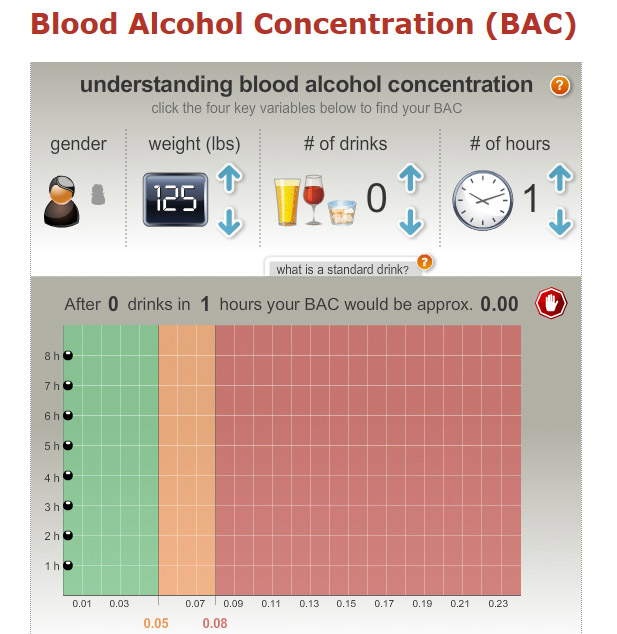
Impaired driving, which also includes other forms of intoxication like marijuana, accounted for 35 deaths in Ontario in 2015, according to Ontario Provincial Police.
What counts as impaired driving
Impaired driving means operating a vehicle (including cars, trucks, boats, snowmobiles and off-road vehicles) while your ability to do so has been compromised to any degree by consuming alcohol, drugs or a combination of the two.
Fully Licensed Drivers
Throughout Canada, the maximum legal blood alcohol concentration (BAC) for fully licensed drivers is to be under 80 milligrams of alcohol in 100 millilitres of blood, or 0.08. Driving with a BAC of 0.08 or over is a criminal offence and the penalties are severe.
In Ontario, you will also face serious consequences if your BAC is between 0.05 and 0.08. This is commonly referred to as the “warn range.”
If police determine that you are driving while impaired by any drug, including illegal drugs, cannabis, prescription and over-the-counter medications, you will face severe consequences and criminal charges.
Legal Blood Alcohol Limit
In Ontario and the rest of Canada, the maximum legal BAC for fully licensed drivers is 80 milligrams of alcohol in 100 millilitres of blood (0.08). Driving with BAC over 0.08 is a criminal offence.
Even small amounts of alcohol can impair driving ability. In Ontario and other jurisdictions, there are non-criminal penalties for having a BAC higher than 0.05. Consequences could include licensing suspensions, or having to take an alcohol education course.
Beginner drivers, and all drivers under the age of 21, must have a blood-alcohol level of zero.
The amount of alcohol required to hit the limit varies from person to person depending on a number of factors, including weight and body type. How much you’ve had to eat and what medication you’re on could also influence your BAC.
Calculate Your Blood Alcohol Level
Here’s an online calculator to figure out your BAC — but if you’re considering using it, you’re already likely over the edge.
SmartServe, which trains liquor servers in Ontario, has an online chart to judge your own BAC. Again, if you’re seriously concerned about the amount of alcohol you’ve had to drink, don’t drive.

Minimize Your Risk:
- Call a friend.
- Call a cab.
- Spend the night.
- Limit your consumption of alcohol. Space your drinks at least an hour apart.
- Eat something before drinking. Eating after you’ve started to drink doesn’t help.
- Try alternating alcoholic and non-alcoholic drinks throughout the party to cut down on the amount you drink.
- Drink only if you want to. Don’t be pressured into accepting a drink.
- Don’t drive to the party, so you won’t have to worry about getting home. Take a taxi, public transportation, walk or decide who is to be designated driver before the party starts.


